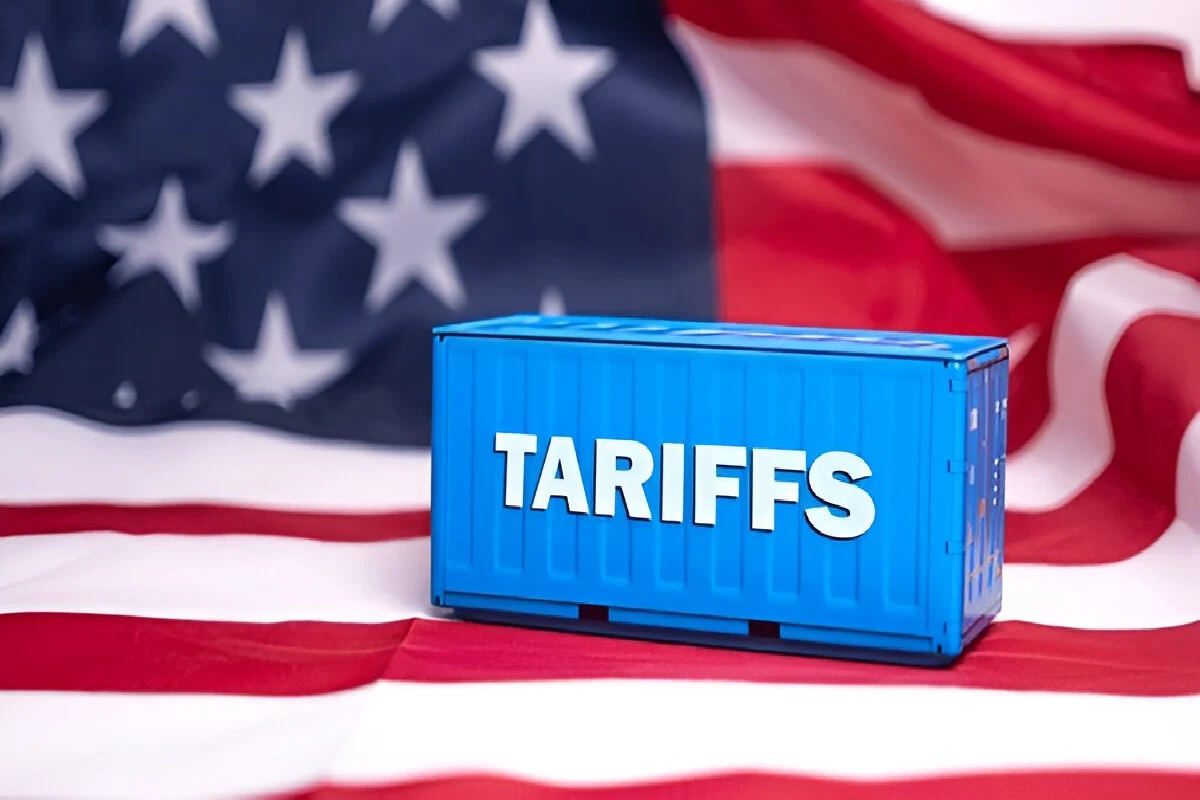Trump Slashes Tariffs for Most Nations, Hits China with 145%
President Donald Trump has announced a 90-day suspension of higher tariffs for most countries, lowering them to a uniform 10 percent as part of a major shift in U.S. trade policy. But that reprieve did not extend to China, which now is subject to a higher tariff rate of 145 percent on its exports to the United States. The move is meant to ease global trade tensions while stepping up economic pressure on Beijing.
Strategic Realignment Amid Market Volatility
Caught in massive market turbulence, the decision has been made to bring down tariffs temporarily for most nations. After this initial announcement of tariff hikes across the board, the U.S. stock market took a severe dive, the S&P 500 dropped close to 10%. Prices on Thursday’s swing session prompted worries that the economy is about to slip into recession, and business chiefs and economic advisers began calling for a rethink of Washington’s trade strategy.
In response, the Trump administration seemed to decide what it could do: put in a 90 day tariff pause to stabilize markets and then hope to get a window of time to renegotiate trade terms with a few partners.
Escalation with China
The U.S. has also heightened trade conflict with China while soothing its trading partners. The administration has argued that the increase in tariff rate for Chinese imports up to 145% is justified due to the country’s practices in trade, including the treatment of intellectual property rights and handling of the crisis of fentanyl.
As retaliation, China has increased taxes on U.S. goods to 125% and has filed a complaint with the World Trade Organization, calling the U.S. approach unilateralist and trade bullying. Chinese President Xi Jinping has called the U.S. actions unfair and said China is prepared to withstand the economic pressure, adding that Beijing has no choice but to respond to measures from Washington that are economically meaningless.
Global Economic Implications
Global economy is having a significant impact of the tariff adjustments. India, Japan, and South Korea have been given temporary tariff relief and the countries are now wanting to negotiate better trading agreements with the US. Still, the U.S. – China trade relationship remains a source of uncertainty in global markets.
Economists caution that the high tariffs could result in higher consumer prices, system disruptions in the supply chain and slower economic growth around the world.
Business Community’s Response
Tariff pause picks up cautious business optimism. The short-term relief has been welcomed by major corporations and industry groups but only with a caveat that it is essential to provide long-term stability in trade policies. However, they appeal to the administration to work on constructive negotiations with trading partners to address the underlying trade disputes and prevent additional economic disruption.
Outlook and Future Developments
It is telltale that during the 90 days of tariff suspension the issue will be focused on whether the US administration can negotiate new trade agreements which address long standing issues without undermining economic stability.
The implications of the results of these negotiations will be far-reaching for international trade dynamics and for the global economic landscape as a whole. Observers will note the advancement of this situation with particular regard to the relationship between the U.S and China.
It will also depend greatly on where other major economies, including the EU and India, stand as the alliances shift. A fresh wave of retaliatory measures could be ordered by South Korea in response to any misstep, leading to further volatility in global markets.



